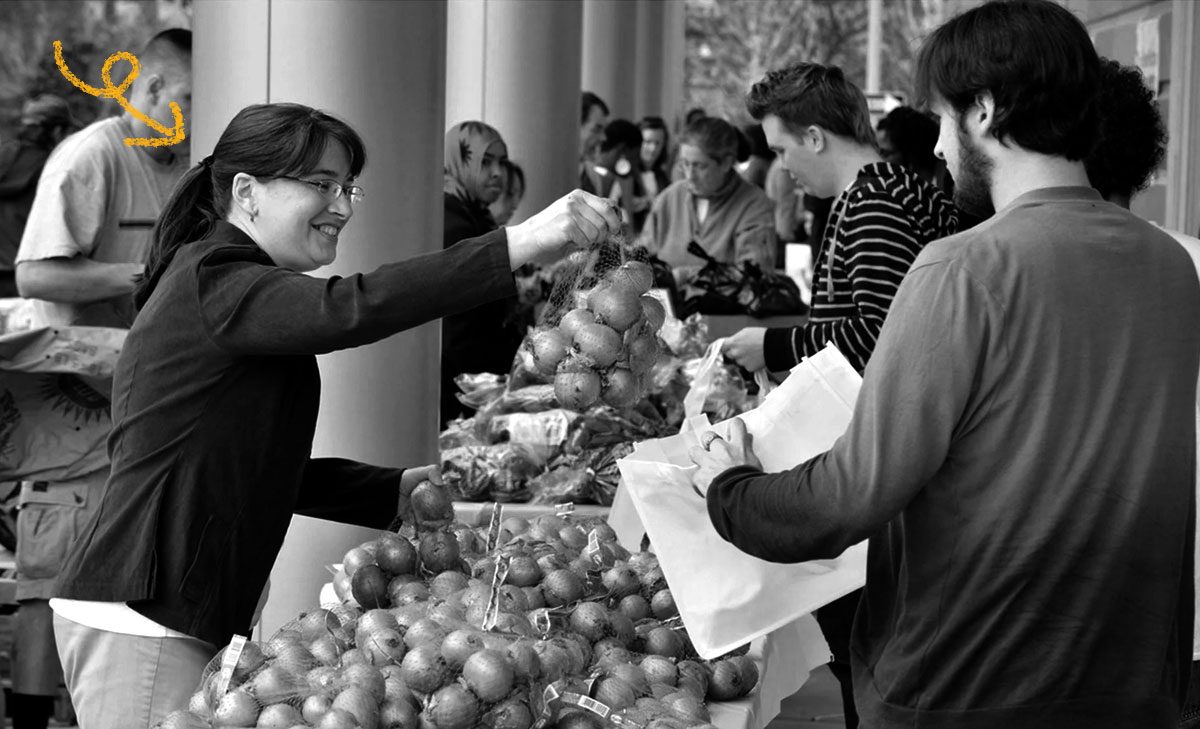In honor of National Food Bank Day, we are taking a look at how these important institutions got their start. John van Hengel developed the concept of food banking in Phoenix, AX in the late 1960s. He was volunteering at a soup kitchen where he met a desperate mother who told him that she often rummaged through grocery store garbage bins to find food for her family. She suggested that there should be a place where discarded food could be stored for pick-up by those in need rather than thrown in the trash. Soon after, van Hengel established St. Mary’s Food Bank, the nation’s first food bank, in Phoenix, AZ. The food bank successfully distributed 275,000 pounds of food to those in need in its first year. By 1977, there were food banks in 18 cities in the US. To better organize, van Hengel created a national organization of food banks and established Second Harvest in 1979. (It was later called America’s Second Harvest the Nation’s Food Bank Network.) In 2008, the network changed its name again to Feeding America. Today, Feeding America is the nation’s largest domestic hunger-relief organization, with over 200 food banks across the United States.

Your go-to guide for weird history facts
Subscribe to the FREE daily email that makes learning about history fun.


